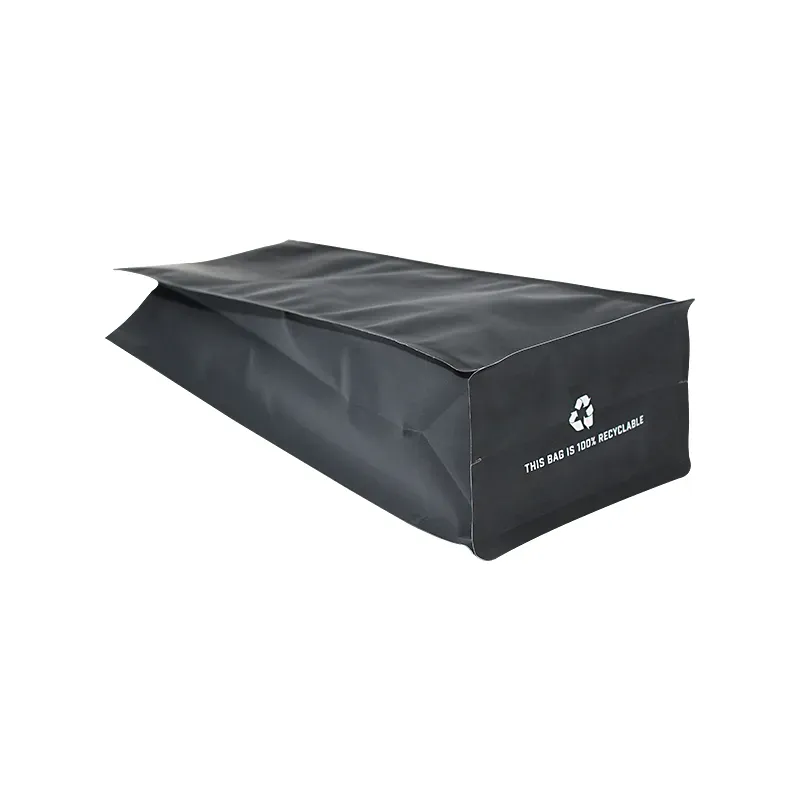- Afrikaans
- Albanian
- Amharic
- Arabic
- Armenian
- Azerbaijani
- Basque
- Belarusian
- Bengali
- Bosnian
- Bulgarian
- Catalan
- Cebuano
- chinese_simplified
- chinese_traditional
- Corsican
- Croatian
- Czech
- Danish
- Dutch
- English
- Esperanto
- Estonian
- Finnish
- French
- Frisian
- Galician
- Georgian
- German
- Greek
- Gujarati
- haitian_creole
- hausa
- hawaiian
- Hebrew
- Hindi
- Miao
- Hungarian
- Icelandic
- igbo
- Indonesian
- irish
- Italian
- Japanese
- Javanese
- Kannada
- kazakh
- Khmer
- Rwandese
- Korean
- Kurdish
- Kyrgyz
- Lao
- Latin
- Latvian
- Lithuanian
- Luxembourgish
- Macedonian
- Malgashi
- Malay
- Malayalam
- Maltese
- Maori
- Marathi
- Mongolian
- Myanmar
- Nepali
- Norwegian
- Norwegian
- Occitan
- Pashto
- Persian
- Polish
- Portuguese
- Punjabi
- Romanian
- Russian
- Samoan
- scottish-gaelic
- Serbian
- Sesotho
- Shona
- Sindhi
- Sinhala
- Slovak
- Slovenian
- Somali
- Spanish
- Sundanese
- Swahili
- Swedish
- Tagalog
- Tajik
- Tamil
- Tatar
- Telugu
- Thai
- Turkish
- Turkmen
- Ukrainian
- Urdu
- Uighur
- Uzbek
- Vietnamese
- Welsh
- Bantu
- Yiddish
- Yoruba
- Zulu
Understanding the Impact of Paper Thickness on Printing and Writing Quality
The Importance of Paper Thickness in Various Applications
In an increasingly digital world, paper continues to play a significant role in our daily lives. Whether in the form of books, brochures, packaging, or stationery, paper remains a versatile medium. One crucial characteristic that often goes overlooked, yet plays a fundamental role in determining the utility of a paper product, is the thickness of a paper sheet. This article explores the significance of paper thickness, its measurement, and its implications across various applications.
Understanding Paper Thickness
The thickness of paper, commonly referred to as caliper, is measured in millimeters or microns. In the realm of paper manufacturing, thickness can influence various physical properties, such as rigidity, durability, and opacity. While some might think that a thicker sheet equates to higher quality, this isn’t always the case. The right thickness often depends on the intended use of the paper.
For instance, standard printer paper typically has a thickness of around 0.1 mm (100 microns), while cardstock can range from 0.25 mm (250 microns) to more than 0.5 mm (500 microns). When creating printed materials, the choice of thickness can influence not only the tactile experience but also the visual aesthetics of the final product.
Applications of Paper Thickness
1. Printing In the printing industry, paper thickness is critical. Thicker papers provide a more professional look and feel, making them ideal for high-quality printing tasks such as business cards and brochures. Thinner papers, while less expensive, can lead to issues such as bleed-through, where ink seeps to the opposite side of the paper.
2. Packaging The thickness of paperboard used in packaging must be carefully considered to ensure the protection of contents. For example, a thick paperboard is often used in product packaging to safeguard fragile items during transport. Conversely, thinner materials may suffice for less delicate products, providing a balance of cost and effectiveness.
thickness of a paper sheet

3. Stationery The thickness of paper used for stationery products, such as notepads or greeting cards, greatly impacts user perception. Consumers often associate thicker paper with higher quality, which can enhance their overall experience. This is especially true in the luxury market, where brands specifically choose heavier stocks to convey sophistication.
4. Artistic Applications In the world of art, the thickness of paper can influence the medium used and the desired outcome. Artists who work with watercolors, for example, often opt for heavier papers (typically 300 lb or 640 gsm) to prevent warping when wet. Similarly, sketching paper comes in various thicknesses, allowing artists to choose based on their preferred medium and technique.
5. Environmental Considerations Thicker papers often require more resources to produce, which can have implications for sustainability. As consumers become more environmentally conscious, many paper manufacturers are now working to produce high-quality, recycled papers that maintain a desirable thickness without compromising strength or usability.
Measuring and Choosing the Right Thickness
When selecting paper for a specific application, it’s essential to consider the required thickness. Manufacturers typically provide recommendations based on the intended use. However, personal preference and practical considerations also play essential roles. Factors such as budget constraints, desired tactile experience, and end-use requirements should be evaluated.
In today’s market, a range of thicknesses is available, enabling consumers to select the perfect type for their needs. For those uncertain about which thickness to choose, purchasing sample packs can help in making an informed decision.
Conclusion
The thickness of a paper sheet may seem like a minor detail in the broader scope of paper usage, but it is profoundly influential in determining the effectiveness and quality of a product. From packaging and printing to artistic creations and stationery, understanding and selecting the appropriate thickness can enhance both functionality and aesthetics. In a time of growing environmental awareness, the paper industry continues to innovate, aiming to balance thickness requirements with sustainability. By understanding the importance of paper thickness, consumers can make informed choices that suit their specific needs while also contributing to responsible consumption.













